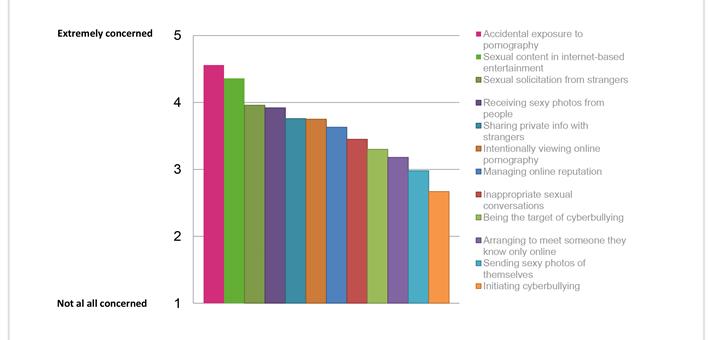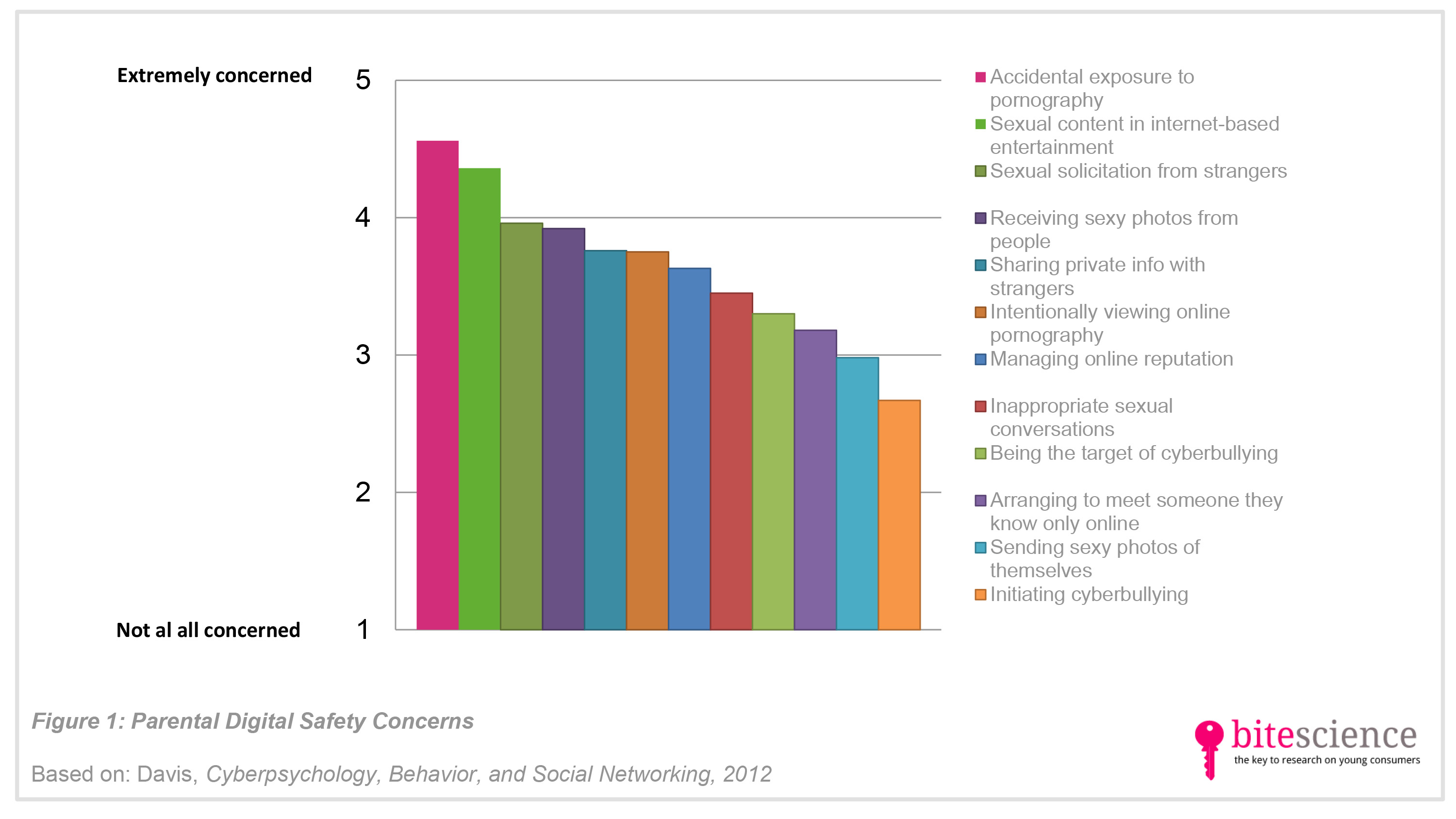
Children’s Increasing Access to Media Devices – Threat For Digital Safety?
The amount of media devices such as computers, tablets, and smartphones accessible at home for children increases rapidly. With that, concerns over digital threats like pornography, sexting, and cyberbullying are rising too. But are these concerns justified? According to a study in Cyberpsychology, Behavior, and Social Networking, they are. The more media devices children have access to, the more digital risks they encounter according to their parents. Results also show that friends and family are seen as the most important source of digital safety information for parents.
Take aways
- The more media devices children have access to, the more digital risks like pornography and cyberbullying they encounter.
- Only few parents search for information about digital risks preventively. Instead, most parents start to seek for information about digital risks once their child encounters a certain risk.
- Friends and family are the most credible source of digital safety information for parents.
- Therefore, social media can be a good tool to inform parents about digital risks in the informal way they prefer.
Study information
The question?
Are children who have access to more media devices experience more digital risks, and how are parents dealing with these risks?
Who?
260 parents with at least one child aged between 8 and 18 years old (79% mothers; 64% with children in the age group of 8-10 years old, 60% in the age group of 11-13 years old, 49% in the age group of 14-16 years old, and 28% with children in the age group of 17-18 years old)
Where?
Utah, United States
How?
The parents filled out an online questionnaire that contained questions about their concerns for potential digital risks affecting their children, like pornography, cyberbullying, sexting etc. Questions about their children’s actual risk experiences, and access to connected devices were answered as well. Parents also reported their used sources for information about digital safety.
Facts and findings
- Children had access to an average of five different types of media devices at home, such as computers, smartphones, tablets etc.
- Children with access to a greater number of devices were experiencing more digital risks according to their parents.
- Parents were the most concerned for their children’s accidental exposure to pornography and sexual content in online entertainment, see Figure 1.
- 35% of the parents reported their children experienced no digital risks, 18% reported one risk, 28% two to four risks, and 10% had experienced five or more risks with their children.
- The more digital risks children were experiencing, the more parents were motivated to seek for information about the risk, and triggered to pay attention to relevant media information.
- Most parents were not motivated to search for information about digital safety preventively, even when their concern level was high or when they had experienced risks with their children.
- Most parents indicated they learned the most about digital safety from their friends and family.
- Other important sources for information about digital safety were presentations and the internet. However, 61% of the parents never visited a digital safety website, like commonsensemedia.org or combatingpornography.com.
- Parents rated the radio, books, and newspapers as the least important sources.
